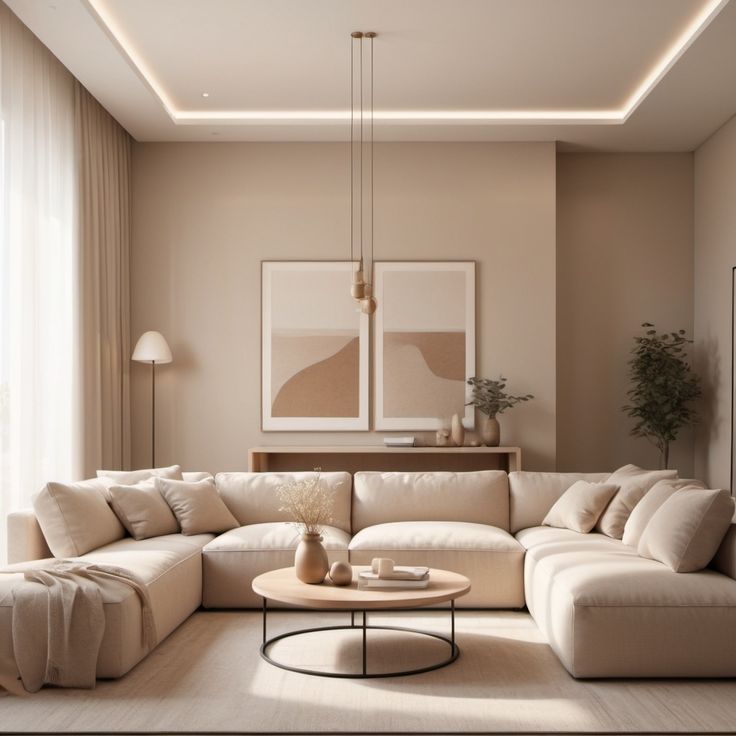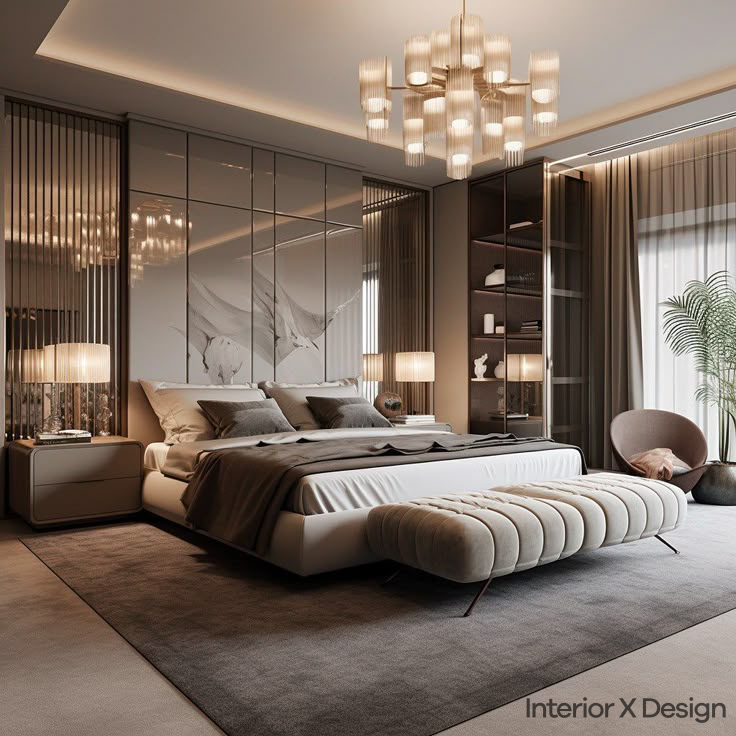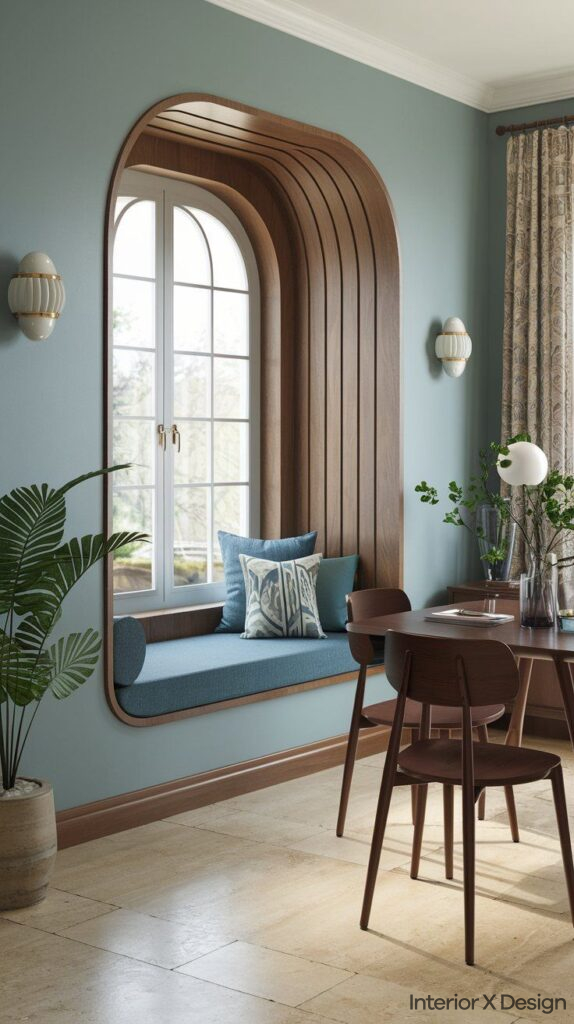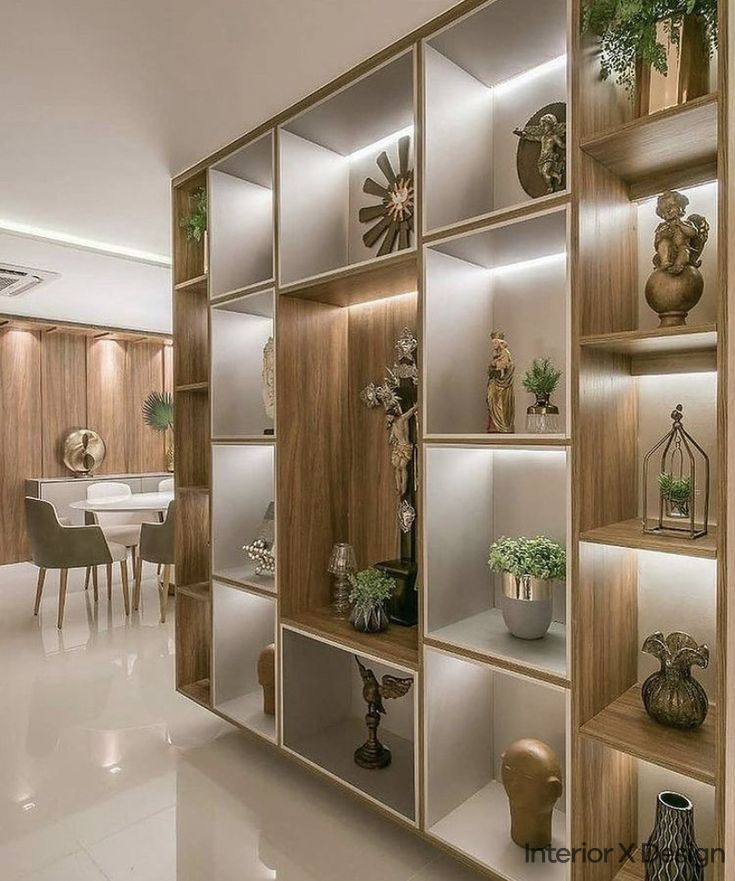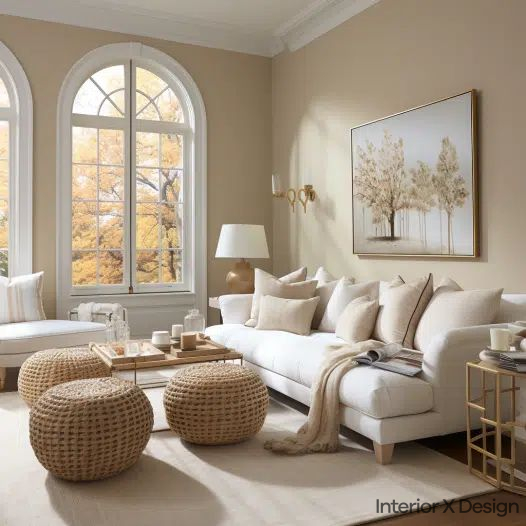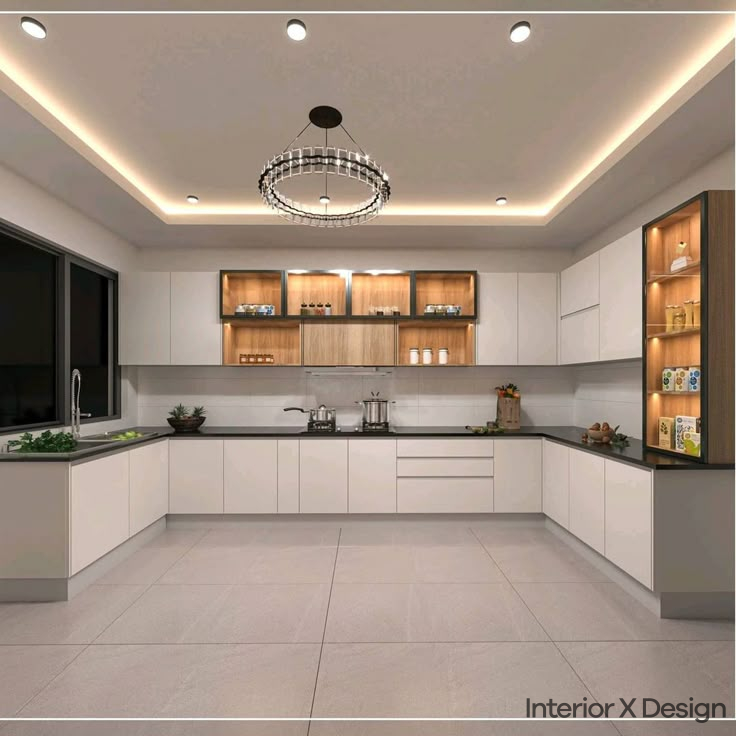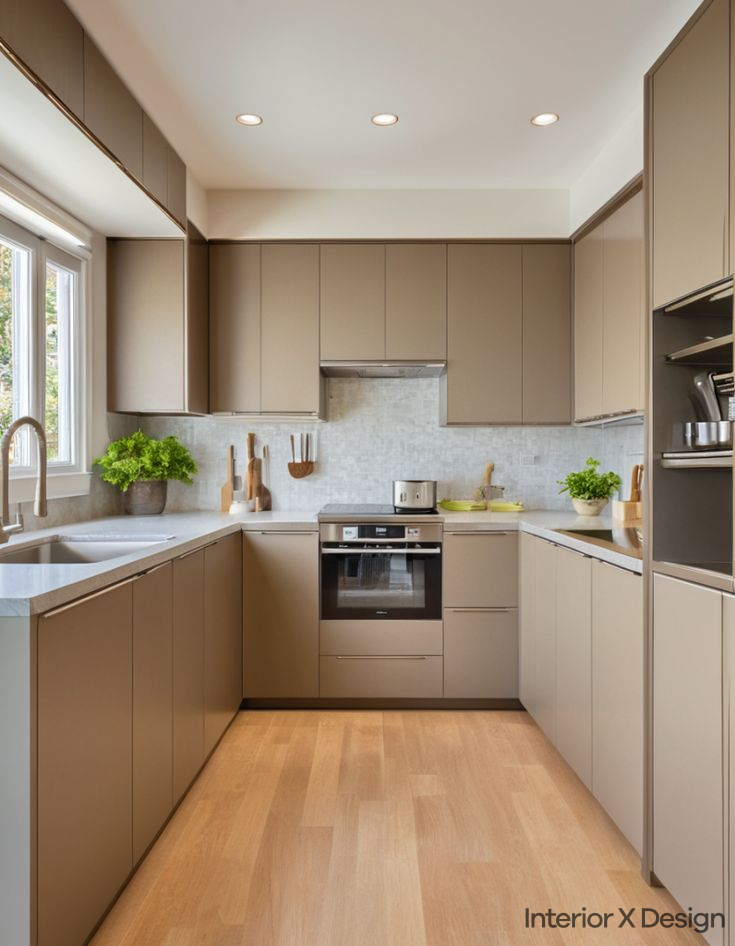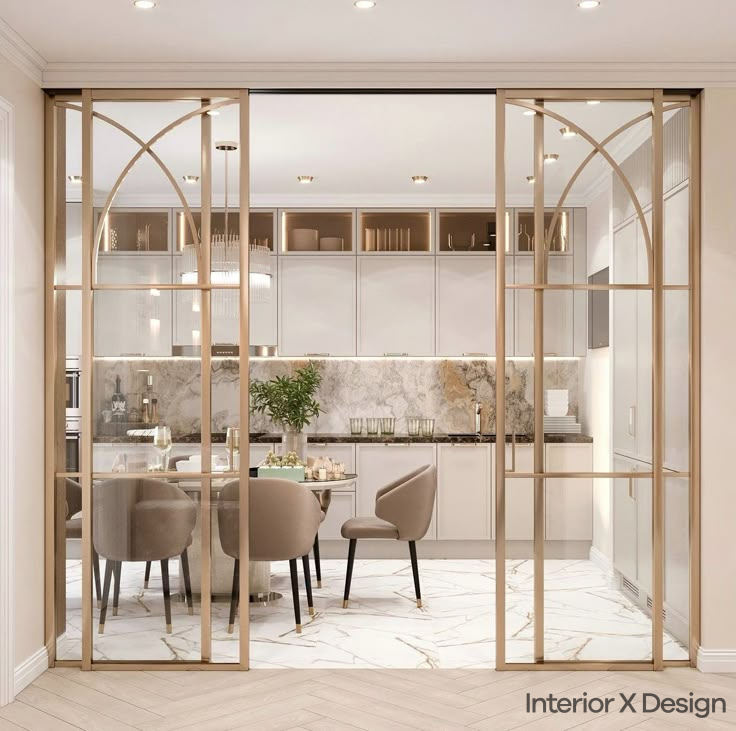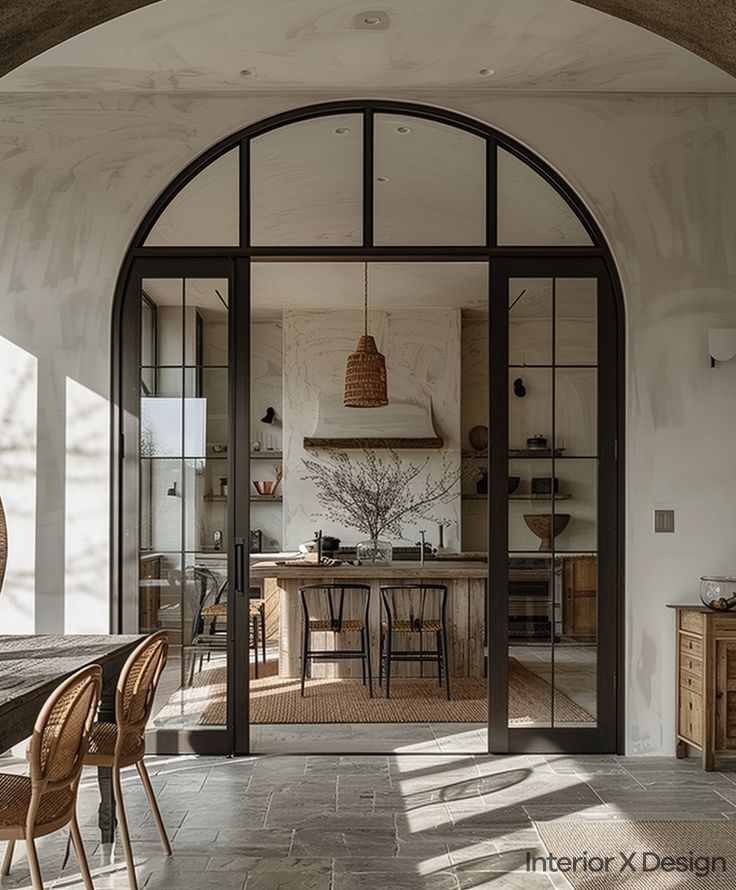In this guide, we explore the top five types of wall finishes, their characteristics, applications, and how to choose the best one for your needs.
1. Paint Wall Finishes
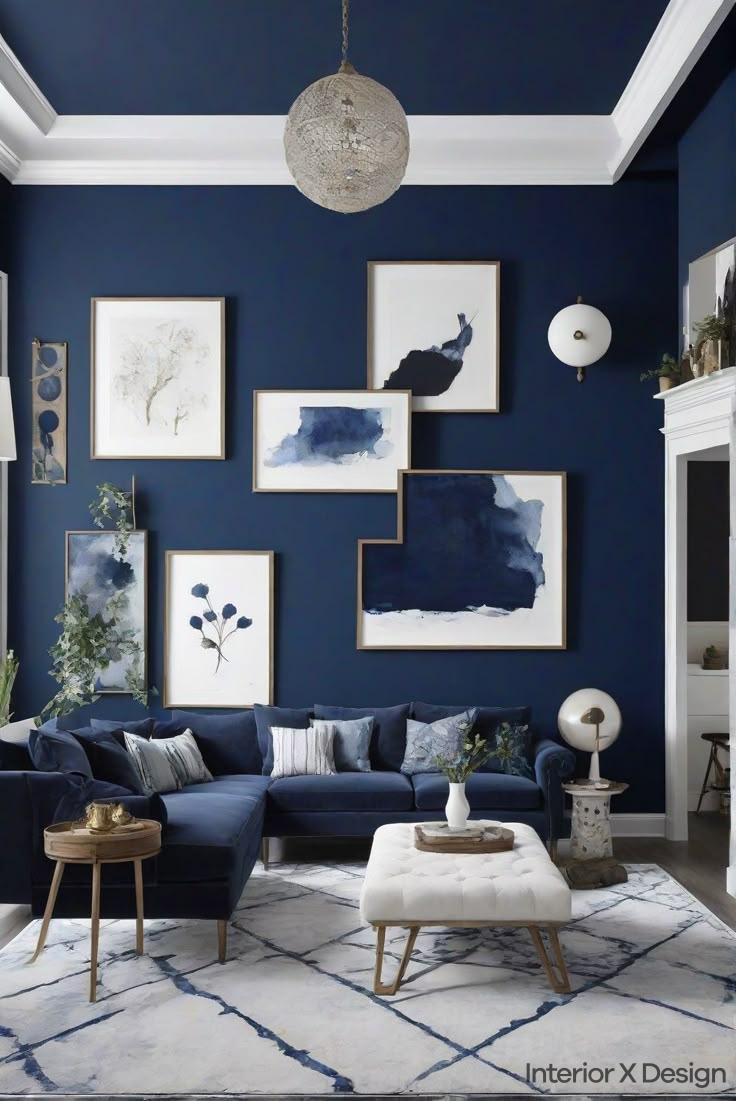
Types of Paint Wall Finishes
Paint is a versatile and widely used wall finish that comes in various types. Each type offers different levels of sheen, durability, and ease of maintenance:
- Flat/Matte Paint – Non-reflective, great for hiding wall imperfections, ideal for bedrooms and living rooms.
- Eggshell Paint – Slightly reflective, easy to clean, perfect for hallways and bathrooms.
- Satin Paint – Offers a soft sheen, more durable, commonly used in kitchens and high-traffic areas.
- Semi-Gloss Paint – Highly durable and moisture-resistant, suitable for doors, trims, and bathrooms.
- Glossy Paint – Reflective and smooth, gives a polished look, often used for accent walls and furniture.
Pros and Cons
- Wide range of colors and finishes
- Easy to apply and maintain
- Affordable and customizable
- May require frequent touch-ups
- Can highlight wall imperfections
Application Tips
- Always clean and prime the surface before painting.
- Use high-quality rollers or brushes for even coverage.
- Apply multiple layers for depth and durability.
For more details about choosing the right paint for your walls, check out our interior design tips for home decoration at Interior X Design.
2. Textured Wall Finishes
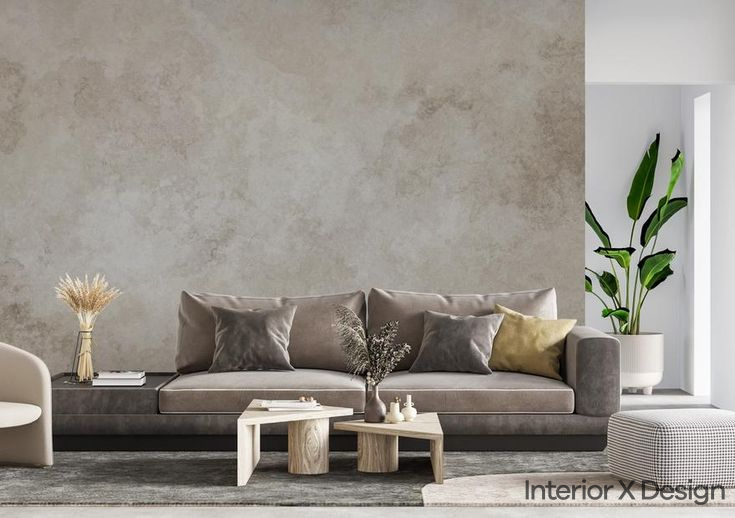
Popular Textured Finishes
Textured finishes add depth and character to walls by creating a visually appealing surface. Some common types include:
- Knockdown Finish – Sprayed-on compound that is smoothed down for a subtle texture.
- Orange Peel Finish – Slightly rough texture resembling an orange peel, often used in modern homes.
- Stucco Finish – Creates a rustic, Mediterranean look, ideal for interior and exterior walls.
- Venetian Plaster – Luxurious, smooth, and glossy finish that mimics marble.
Pros and Cons
- Conceals wall imperfections
- Adds depth and style to a space
- Highly durable and resistant to damage
- Can be challenging to repair
- Heavy textures may not suit small spaces
How to Apply
- For a refined look, consider hiring a professional.
- Clean and prime walls before applying texture.
- Use specialized tools such as trowels, brushes, or sprayers.
For detailed guidance on applying these finishes to your walls, visit our guide on residential wall design ideas at Interior X Design.
3. Wallpaper Finishes

Types of Wallpapers
Wallpapers have evolved significantly and are available in a variety of styles:
- Vinyl Wallpaper – Durable, washable, and ideal for high-traffic areas.
- Textured Wallpaper – Mimics materials like wood, fabric, or stone.
- Flock Wallpaper – Features raised velvet patterns, adding a luxurious touch.
- Peel-and-Stick Wallpaper – Easy to apply and remove, perfect for renters.
Pros and Cons
- Offers a wide range of patterns and designs
- Provides a quick way to refresh a space
- Some types are washable and long-lasting
- Can be tricky to install without bubbles
- Some designs may fade over time
Installation Tips
- Clean and smooth the wall surface before applying wallpaper.
- Measure and cut wallpaper accurately.
- Use wallpaper adhesive or self-adhesive options for easy application.
For a more in-depth guide to using wallpaper in your design projects, explore our blog posts on modern living room designs at Interior X Design.
4. Plaster Wall Finishes

Types of Plaster Finishes
Plaster offers a smooth and durable finish that enhances interior design. Common types include:
- Lime Plaster – Natural and breathable, ideal for historic homes.
- Gypsum Plaster – Quick-drying and smooth, commonly used indoors.
- Cement Plaster – Highly durable and used for both interior and exterior walls.
Pros and Cons
- Creates a polished and sophisticated look
- Durable and long-lasting
- Allows for customized textures
- Labor-intensive application
- Repairs can be challenging
Plastering Techniques
- Apply in multiple layers for a smooth finish.
- Use a steel trowel for polishing.
- Allow proper drying time between layers.
5. Wood Panel Wall Finishes

Types of Wood Panels
Wood paneling adds warmth and texture to interiors. Popular options include:
- Shiplap – Overlapping wooden boards that create a rustic feel.
- Beadboard – Vertical panels with ridges, often used in cottage-style interiors.
- Reclaimed Wood Panels – Eco-friendly option that provides a vintage look.
- MDF Panels – Affordable and available in various styles.
Pros and Cons
- Adds a natural and timeless appeal
- Provides insulation and soundproofing
- Durable and long-lasting
- Can be expensive depending on the wood type
- Requires regular maintenance to prevent warping
Installation Tips
- Ensure the wall is level before installation.
- Use nails or adhesive for secure attachment.
- Seal the wood to protect against moisture damage.
Comparison Table: Wall Finishes at a Glance
| Wall Finish Type | Durability | Maintenance | Best For | Customization Potential |
|---|---|---|---|---|
| Paint | Medium | Low | Any room | High |
| Texture | High | Medium | Feature walls | Medium |
| Wallpaper | Medium | Medium | Living rooms, bedrooms | High |
| Plaster | High | Low | Luxury interiors | High |
| Wood Panel | High | Medium | Cozy interiors | High |
Common Mistakes to Avoid
- Ignoring Room Functionality: Choose finishes suited to the room’s purpose (e.g., moisture-resistant finishes for bathrooms).
- Skipping Surface Preparation: Always clean, sand, or prime the wall before application.
- Choosing the Wrong Finish: High-gloss paints highlight imperfections, while matte finishes hide them.
- Overwhelming Small Spaces: Heavy textures or dark wood panels can make a small room feel cramped.
- Neglecting Maintenance Needs: Some finishes require regular upkeep; ensure you can commit to maintenance.
Conclusion
By understanding the different wall finishing techniques and their applications, you can make an informed choice that enhances your space’s aesthetic and functionality. Whether you prefer the simplicity of paint, the depth of texture, or the elegance of plaster, the right wall finish will elevate your home’s design.
For further design ideas or to get in touch with professional designers, check out our services at Interior X Design.
By following this guide, you can confidently select the perfect wall finishing option for your home, ensuring that it looks stunning and performs well over time.






